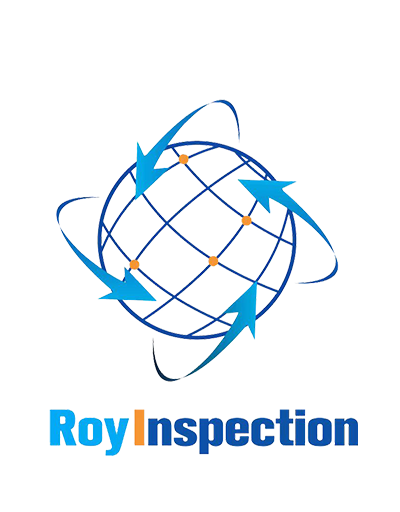What are independent furniture inspections?Independent furniture inspections are evaluations of furniture conducted by impartial third-party inspectors who have no vested interest in the outcome of the inspection. These inspectors assess the quality, condition, and safety of the furniture and provide unbiased reports to their clients. Why Independent Furniture Inspections MatterThere are many reasons why independent furniture inspections are important. For one, they help ensure that the furniture you purchase is of high quality and safe to use. They can also uncover any defects or hidden issues that you might not have noticed during your initial inspection.When to Get an Independent Furniture InspectionIt's best to get an independent furniture inspection before you make a purchase, especially if you're buying a piece of furniture that's expensive or a vintage or antique item. You may also want to get an independent inspection if you notice any issues with a newly-purchased piece of furniture.Who Should Get Independent Furniture InspectionsIndependent furniture inspections are recommended for everyone, but they're especially important for those who are purchasing expensive or high-end furniture or who are looking to invest in antiques or vintage pieces.The Benefits of Independent Furniture InspectionsThere are many benefits of getting an independent furniture inspection. These include peace of mind knowing that the furniture is of high quality and safe to use, the ability to negotiate a fair price for the furniture, and protection against potential fraud or misrepresentation.What to Expect During an Independent Furniture InspectionDuring an independent furniture inspection, the inspector will examine the furniture for any defects, damage, or safety concerns. They may also test the furniture's durability and stability and look for any signs of wear and tear.Choosing an Independent Furniture Inspection CompanyWhen choosing an independent furniture inspection company, it's important to look for one with a good reputation, experience, and expertise in furniture inspection. You should also ensure that they are fully insured and provide comprehensive reports.The Cost of Independent Furniture InspectionsThe cost of independent furniture inspections varies depending on a number of factors, including the type of furniture, the size of the item, and the location of the inspection. However, most inspections start at around $100.Final ThoughtsIndependent furniture inspections are an important investment for anyone who is purchasing furniture, especially high-end or antique pieces. They provide peace of mind, protect against fraud, and ensure that your furniture is safe and of high quality.Quote InquiryContact us!










